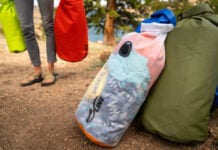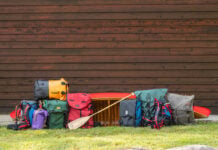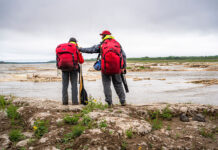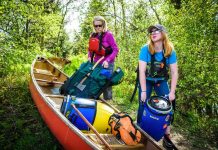Painless portaging was the dream that started it all. Ostrom Outdoors was born in 1987 on a small off-grid country farm west of Thunder Bay in northern Ontario. It was the brainchild of canoeists Bill and Anne Ostrom. With a generator and just a few employees, they meticulously sewed what many trippers consider to be some of the greatest portage packs to hit northern waters. Ostrom acolytes rave about the packs lasting decades of hard use, and some even claim they’ll pass the packs down to their kids when the time comes.
Back in the pack: Ostrom returns
At its peak, Ostrom Outdoors had a dozen employees and produced anywhere from 600 to 1,000 packs per year. But behind the scenes, there was trouble. With Canada’s rising labor and material costs, Ostrom says he struggled to produce a product affordable for the consumer and still profitable for his business. Ultimately, he closed the company in 2013.
“It was the hardest decision of my life,” remembers Ostrom. He received close to 3,000 emails from paddlers dismayed to hear the news.
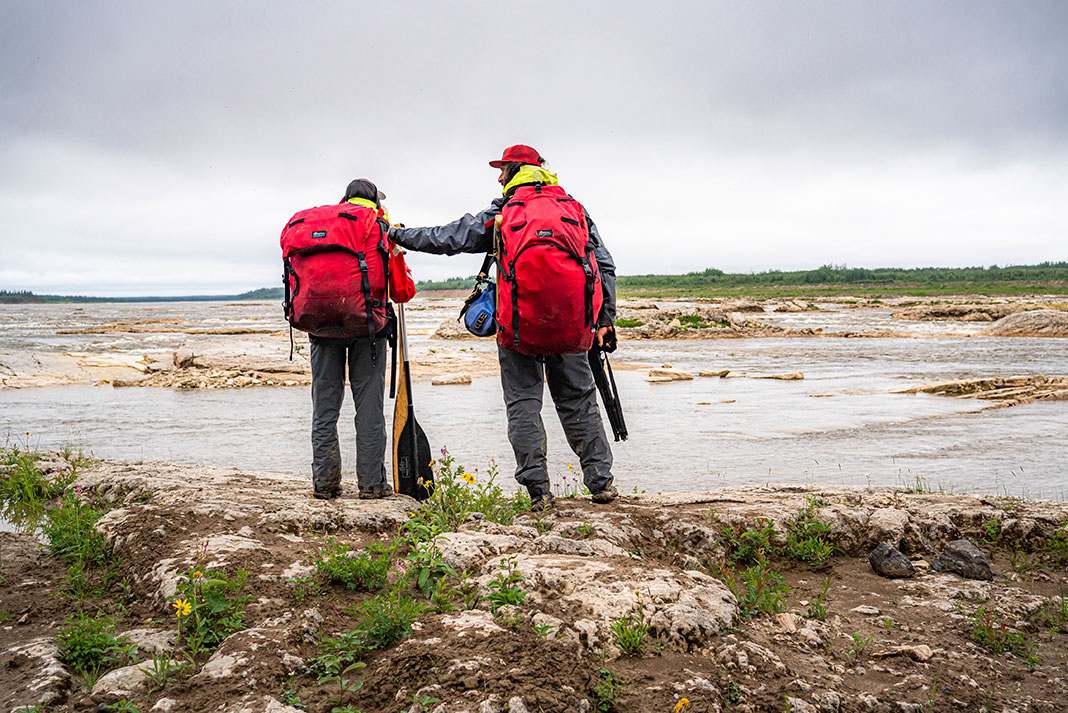
Even though the company was shut down, Ostrom never really got out of the business of designing. During his eight-year hiatus, he helped create prototypes for the first-ever front-facing wheelchair bag, a rucksack for the Canadian military, and a pack harnessing the kinetic energy from hiking to charge small electronics. He also found an overseas manufacturer he trusted.
It was a surprise to many in the canoeing community when Ostrom Outdoors reopened as an online store in 2021. The outpouring of support has been a little overwhelming, he says. “People are reaching out just to say, ‘I don’t need a new pack, but I’m happy you’re back.’”
Ostrom Outdoors’ new inventory includes their classic Voyageur Barrel Harness and three models of packs: the Wabakimi, the Winisk and the Quetico. The models are named after some of the Ostroms’ favorite paddling locations. Volumes range from 79 to 117 liters.
With manufacturing now outsourced to a facility in China, Ostrom says quality control is as rigorous as ever but admits “some people will never buy offshore.” The new manufacturing facility is capable of more complex sewing patterns, and the packs now have added reinforcements, he adds.
For Ostrom, the most significant difference is the new sewers half a world away aren’t personally connected to the canoe routes these packs will travel, which was part of the charm of a made-in-North-America product. Otherwise, he says, the company is back to pursuing its original mission—to make portaging as painless as possible.
SEE ALL BAGS, BOXES, CASES & PACKS
Ostrom packs have been traversing canoe country for more than 30 years. | Feature photo: David Jackson


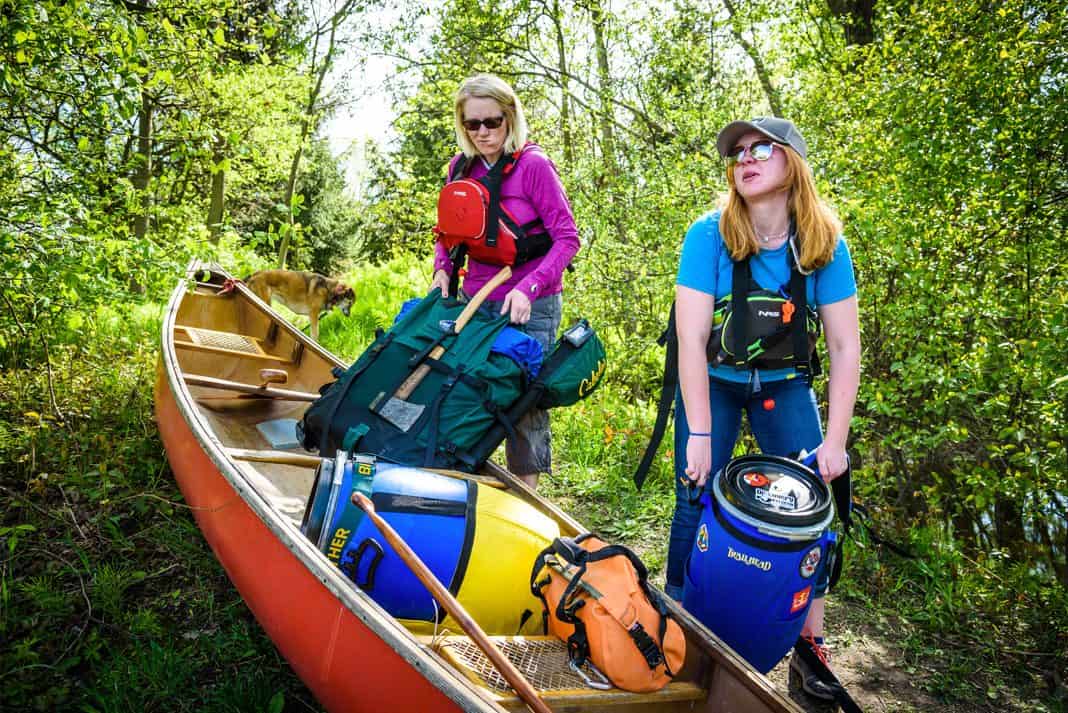
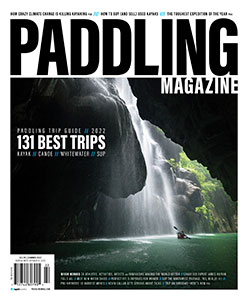 This article was first published in the Summer 2022 issue of Paddling Magazine.
This article was first published in the Summer 2022 issue of Paddling Magazine. 